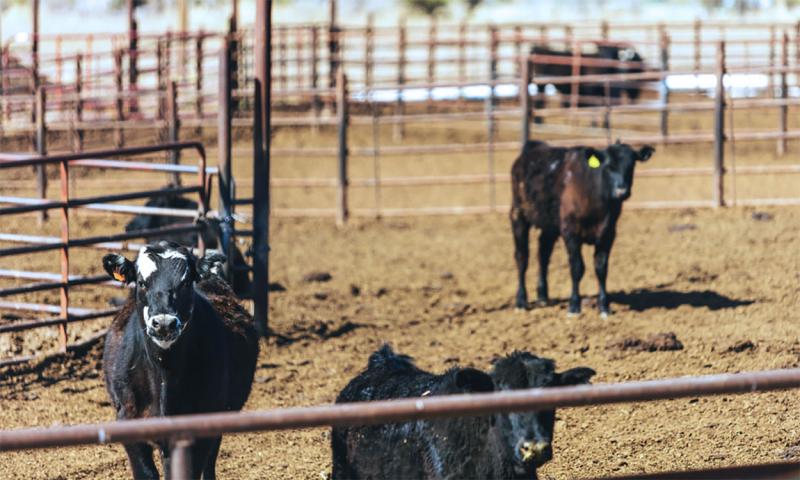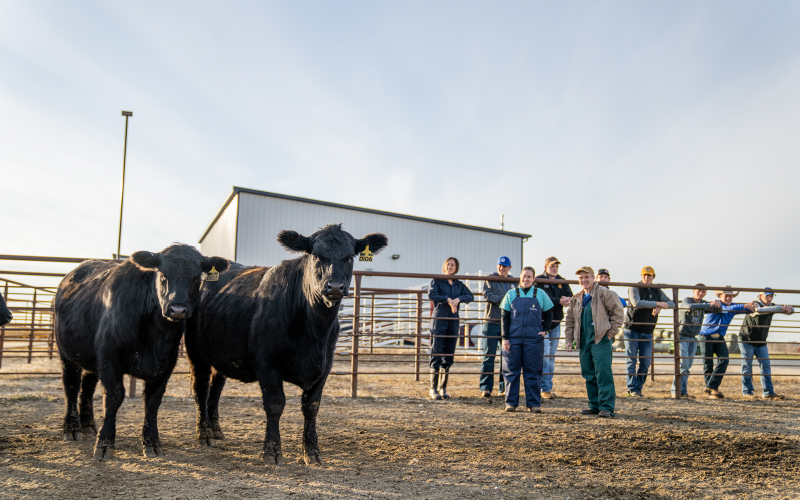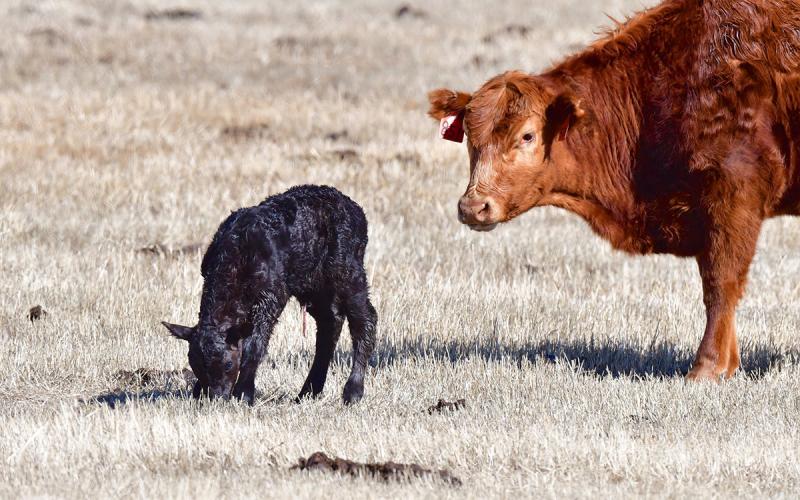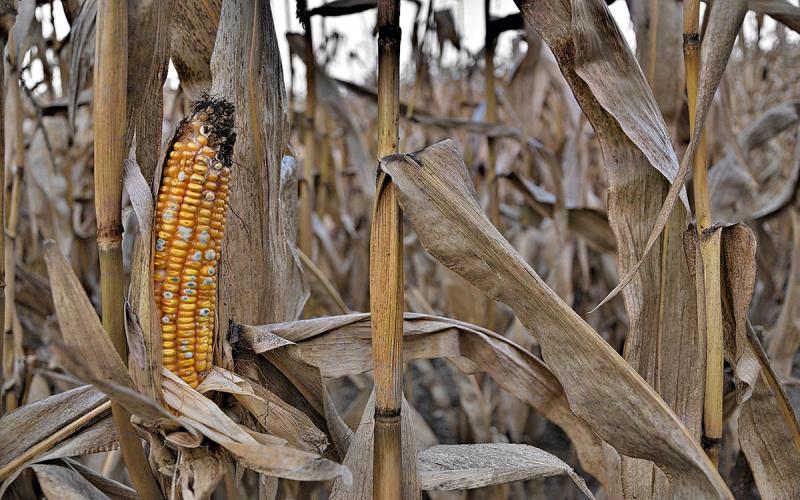About Cryptosporidiosis

Cryptosporidiosis is a pertinent example of a disease with zoonotic potential: one that can be passed from animals to people. Symptoms of “crypto” in people include the miserable experiences of diarrhea, stomach cramping, nausea, and vomiting. In some cases, affected people require hospitalization for treatment of their dehydration.
The protozoa that cause cryptosporidiosis can be divided into two main categories: human-only Cryptosporidia species and animal-related Cryptosporidia species. People can be affected by both. Human-only forms are often associated with summertime swimming pool and water park outbreaks.
In Animals
Animal-related Cryptosporidia are very common in manure from calves, healthy or sick. Calves affected by cryptosporidiosis have diarrhea ranging from pudding-like to watery. The resulting fluid and electrolyte losses can be fatal, especially when other scours-causing bacteria and viruses are involved.
Calves are first exposed to Cryptosporidia right after birth, with higher exposures in dirty, manure-filled environments compared to clean pens or pastures. It takes about a week for the germs to disrupt the calf’s gut sufficiently to create observable illness. Illness due to Cryptosporidium is age-dependent, almost exclusively affecting calves between a week and month of age. Older calves are more resistant to illness but can still pass the germ in their manure. Unfortunately, there are no effective treatments or vaccines for cryptosporidiosis in calves.
In Humans
Between 100 and 200 human crypto cases are reported in South Dakotans in an average year. This is very likely an undercount since many affected people do not seek medical treatment. In reported cases, the causative Cryptosporidia species is usually not categorized between human-only or animal-related strains.
Work at SDSU with the South Dakota Department of Health in 2012 revealed that almost 90% of South Dakotans diagnosed with cryptosporidiosis had exposure to animals, with about half of all patients living or working on a farm. Most reports of human Cryptosporidiosis involve only one person, but larger Cryptosporidiosis outbreaks occur. These have occurred in groups of people working with clinically ill calves and in petting zoo environments where young calves were present.
Preventative Measures
Since all young calves should be considered sources of Cryptosporidia regardless of their health status, people directly working with them should protect themselves. Manure is the main source of these germs, but they will also contaminate bedding, haircoats, and saliva. Creating barriers between contaminated materials and our mouths is of particular importance. These efforts should include use of disposable gloves and hand washing immediately after working with calves (hand sanitizers are ineffective at inactivating Cryptosporidia). Face masks will help prevent splashes of unwanted materials into the mouth. Boots and coveralls should be worn and properly managed, so they do not move manure and other contamination into the farmhouse or other areas of the farm.
Human Cryptosporidia infections do occur despite the use of such preventive measures. This illustrates the low infectious dose of Cryptosporidia for people. While 100 to 200 Cryptosporidia germs are sufficient to cause illness in a person, millions of organisms per gram of feces can be shed by a clinically affected calf. Cryptosporidia are very hardy in the environment and won’t be killed by most disinfectants.
While any young calf is a potential source of Cryptosporidia, those clinically sick with diarrhea are the most problematic. This highlights the importance of calf health -- providing clean calving and housing environments. While many calf outbreaks occur in young dairy-breed calves grouped together, transported, and otherwise stressed, beef calves exposed to overwhelming exposures in calving areas are also at increased risk.
Dairy and beef producers should work with a veterinarian to determine the extent to which Cryptosporidia are involved in calf illnesses and take general steps to limit exposure. Along with that, they should also consider the potential for Cryptosporidiosis to affect them, their fellow workers, and family members.
Reference:
Daly R., Hill N. (2016). Characterizing the role of animal exposures in cryptosporidiosis and Shiga toxin-producing Escherichia coli infections: South Dakota, 2012. Zoonoses and Public Health, 63, 467-476.


